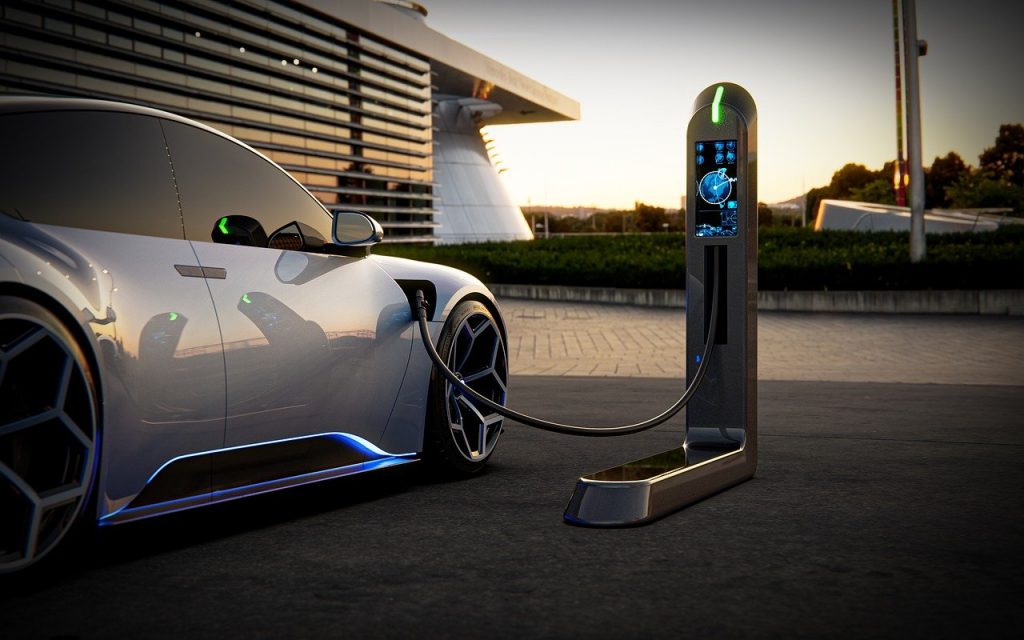Major Automakers Unite to Create Vast Electric Vehicle Charging Network
A powerful alliance of global automakers, including BMW, General Motors, Honda, Hyundai, Kia, Mercedes-Benz, and Stellantis, has joined forces to establish a groundbreaking electric vehicle (EV) charging network across North America. The consortium revealed its plans for a joint venture that aims to build an extensive network of user-friendly DC fast chargers along highways and in urban areas in the US and Canada.
By the ambitious target year of 2030, the alliance plans to install a minimum of 30,000 high-speed EV chargers. The first of these charging stations is set to become operational in the summer of 2024 in the United States. To realize their vision, the group intends to leverage the National Electric Vehicle Infrastructure (NEVI) funding in the US and seek additional financial support from both private and public sources at the state and federal levels.
Similar to existing EV charging networks, such as Tesla Superchargers and Electrify America, the new stations will be strategically placed at locations where people can easily access amenities like shopping, dining, and restroom facilities. Additionally, these new chargers will be conveniently situated along travel routes to popular tourist destinations and within city centers.
The consortium’s main objective is to offer a seamless charging experience for EV owners of partnered automakers. Gone will be the days of juggling multiple charging station apps. Instead, the stations will be compatible with and charge all EV models from the collaborating manufacturers. Moreover, the group is working towards integrating the “Plug and Charge” standard, a developing standard backed by the Federal Highway Administration.
Mary Barra, CEO of General Motors, emphasized the importance of providing a superior user experience to foster faster EV adoption. Many existing charging networks rely on proprietary apps and face issues with reliability. With this new initiative, vehicles from manufacturers like Ford, GM, and Volvo can access Tesla’s highly regarded Supercharger network without needing a separate app activation.
In line with the commitment to sustainability, the joint venture intends to power all charging stations entirely with renewable energy. However, the specific approach, whether through direct renewable energy sources or purchasing renewable energy credits, remains to be clarified.
While the launch of initial stations is set for the US, Canadians will need to wait for a later stage before installations begin in their country. All charging stations will incorporate the standardized Tesla North American Charging Standard (NACS) ports and the widely used Combined Charging System (CCS) plugs. This move aims to create a more standardized and user-friendly charging infrastructure for EV drivers across North America.
